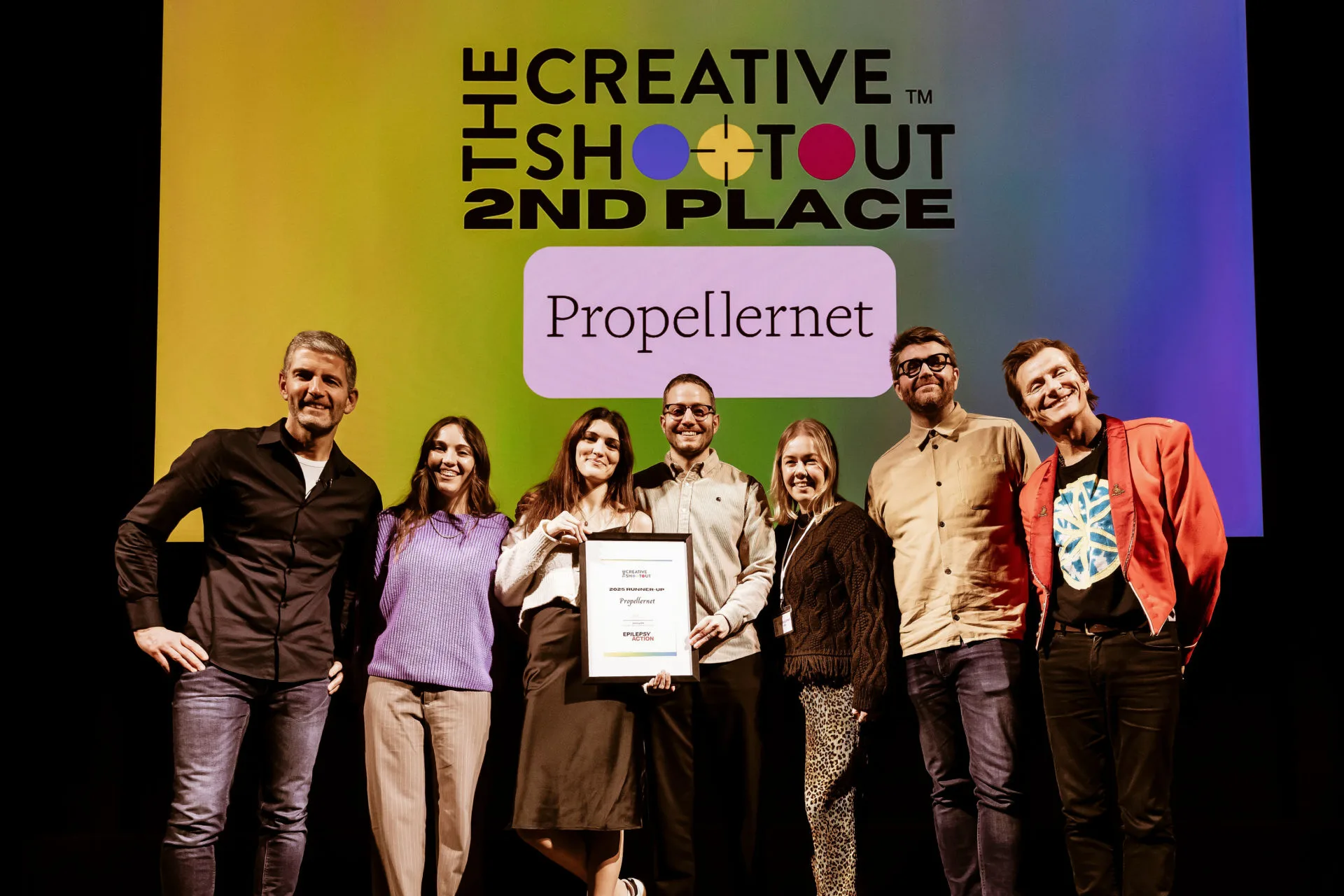
Building Strong Client Relationships in Client Services
I rarely see posts from Client Service teams discussing the highs and lows of the day job. We’re either too busy chivvying everyone along, re-spinning all the plates that need our attention, or we just don’t think we’ve got anything interesting or useful to say. But good Client Service is an art form – one that’s often overlooked and undervalued.
Strong Client Service people are invaluable and while the job is in the most part rewarding for those of us who thrive on organization, love trucking through an extensive to-do list and excel at building client relationships, it can be challenging with so many plates to spin and hats to wear. We may not be discipline specialists, but we’re part-project manager, part-psychologist, part-parent, part-friend, part-confidante, part-FD, part-PA, part-strategist, part-planner…(what have I missed?! There must be loads more…)
So we thought we’d kick off a series of posts that delve into the world of Client Services, covering topics including the impact of flexible and remote first working on our roles, what to do if clients aren’t able to deliver all the lovely recommendations we’ve provided, the typical personality traits of successful Client Services people and how they can both help and hinder us, the importance of relationship building, as well as firm but kind project management. Today we’re kicking off with what many consider the most crucial element for client success; relationships.
As an introvert, I’ve needed to grow and nurture client relationships in an entirely genuine and natural way. What this has meant for me is that I still retain clients I worked with years ago as close friends, who continue to enrich my life and challenge me.
With the boozy ’00s long behind us, building relationships doesn’t have to mean long lunches – and those Mad Men style lunches don’t suit all clients. But it can be the little things that grow relationships gradually, genuinely and sustainably. Whether that’s a weekly 1-2-1 call where you just listen, empathise and reassure, a casual coffee that’s not just about work, sending over relevant industry articles or podcasts of shared interests, sending hampers to a weary design team prepping for turn of year, pre-empting questions with solutions, supporting their internal profile and making sure they know they can entirely rely on us to get the work done well and on time.
Client relationships are built on how we respond to challenges and shared problems. They require empathy and the ability to read people to understand the right response and actions we need to take. Treating each client uniquely rather than adopting a one-size-fits-all approach is essential. And for me, it all needs to be built on a genuine relationship.
We’ve all faced issues, and despite our best efforts, they will happen again. Without a strong relationship, there’s no leeway, and you may spend months proving yourselves again. However, a good relationship allows you to discuss issues openly, plan solutions together as well as prevent future occurrences.
A strong client relationship involves regular contact – in whatever forms they take – understanding the business’s challenges and ambitions. This will put you in the best position to be able to support your Clients’ challenges with solutions to those problems to further grow the relationship and the account.
I’ll stand by the sweeping generalisation that most Client Services professionals share similar traits – we love getting things done, organising, galvanising and growing our accounts—we’re pleasers! However, not every Client Services + Client relationship will work out, and that’s okay. In agencies, we often strive to maintain consistent account teams. But I believe it’s a positive step to switch things up if it means finding a better personality fit. Relationships are all about personalities, and what doesn’t work for some will work beautifully for others.
If you’d like to talk to Gill about how she and the team can support, you can get in touch or drop her a line via LinkedIn .









